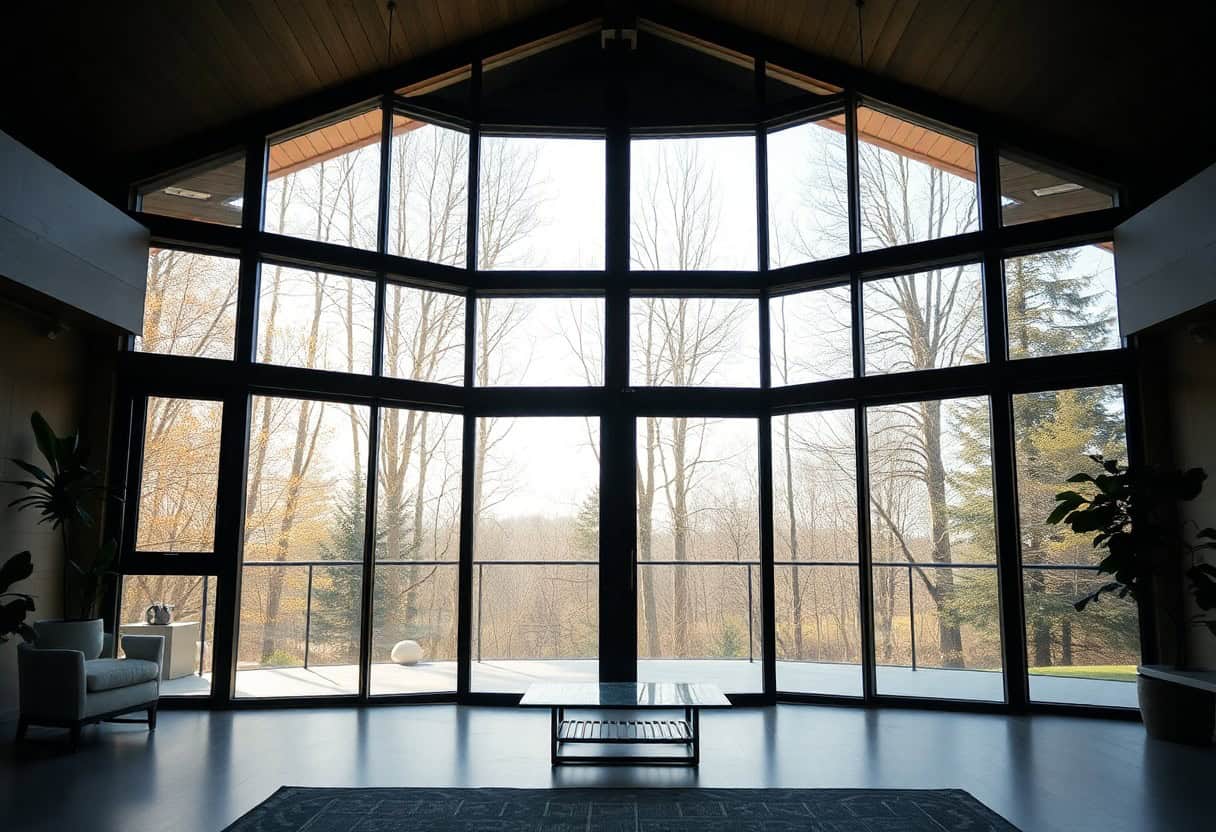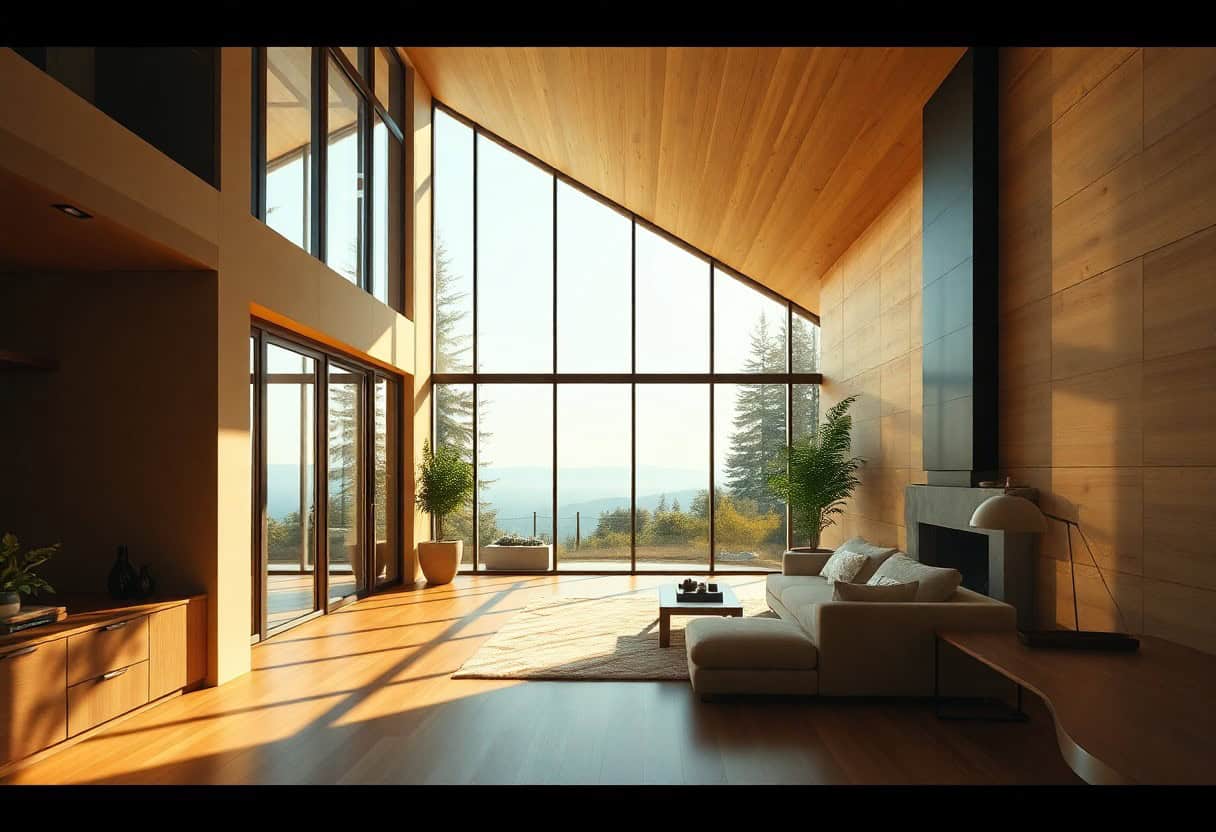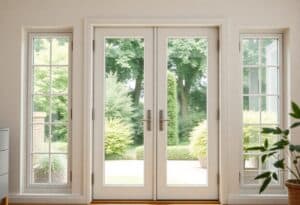Many homeowners face the challenge of maximising natural light while ensuring energy efficiency. Striking this balance is crucial not only for creating a bright and welcoming atmosphere but also for reducing heating and cooling costs. In this post, you will discover practical strategies to enhance your living space with abundant light, all while maintaining thermal comfort and minimising energy consumption. Explore how the right choices in insulation, window design, and interior planning can lead to a harmonious blend of aesthetics and practicality.

The Importance of Natural Light
Adequate access to natural light is vital for creating healthy, inviting environments. It not only enhances the aesthetic appeal of a space, but also plays a pivotal role in your physical and mental health. By allowing sunlight to filter into your surroundings, you’re able to foster a more vibrant atmosphere that can positively impact your daily life.
Benefits for Health and Well-being
Around 90% of your time is typically spent indoors, which makes the quality of your indoor environment exceedingly important. Exposure to natural light helps to regulate your body’s circadian rhythms, improving sleep quality and overall well-being. Furthermore, it has been linked to enhanced mood and reduced symptoms of depression, making it a vital aspect of your living and working spaces.
Enhancing Productivity and Mood
Benefits of natural light extend beyond mere aesthetics to significantly boost your productivity and mood throughout the day. Studies have shown that workplaces and homes with ample natural light can lead to higher concentration levels and overall job satisfaction.
Considering the potential for increased efficiency and happiness in your daily routine, it is important to incorporate natural light wherever possible. Well-lit environments reduce eye strain and promote alertness, which can enhance cognitive functions. Moreover, connection to the outside world through sunlight can invigorate your sense of well-being. By maximising natural light, you create an atmosphere that not only supports mental health but also optimises work performance and personal fulfilment.
Understanding Insulation and Efficiency
You need to recognise that insulation plays a key role in enhancing energy efficiency within your home. By effectively trapping heat during winter and keeping it out during summer, insulation not only helps maintain a comfortable environment but also reduces your energy bills. In turn, this allows you to maximise natural light without compromising on thermal comfort and efficiency.
Types of Insulation Materials
You should be aware of various insulation materials available to improve your home’s energy efficiency. Each material has different properties, making them suitable for diverse applications:
- Fibreglass – Often used in batts or blown form.
- Foam Board – Ideal for basement walls and foundation insulation.
- Spray Foam – Provides an excellent air seal.
- Mineral Wool – Offers great fire resistance.
- Cellulose – Made from recycled paper and is eco-friendly.
Assume that selecting the appropriate insulation material can significantly impact your overall energy efficiency.
| Type of Insulation | Key Feature |
| Fibreglass | Cost-effective and versatile |
| Foam Board | High insulation value in thin layers |
| Spray Foam | Excellent air barrier and moisture control |
| Mineral Wool | Fire and sound resistant |
| Cellulose | Environmentally friendly and effective |
Energy Efficiency Ratings and Standards
On your quest for optimal insulation, understanding energy efficiency ratings and standards is imperative. These ratings indicate how well insulation materials perform, affecting your energy consumption and comfort levels.
And knowing the energy efficiency ratings can benefit you greatly. Look for U-values, which measure thermal transmittance, and R-values, which signify resistance to heat flow. A higher R-value equates to improved insulation performance, while compliance with recognised standards ensures that materials meet safety and efficiency benchmarks. Adopting top-quality materials and understanding these ratings can lead to significant savings and a more comfortable living environment.
Strategies for Balancing Light and Insulation
Even with the demands of modern living, you can successfully balance natural light and insulation through thoughtful planning. By employing various strategies, such as optimising architectural design, window placements, and choosing appropriate materials, you can enhance your space’s energy efficiency while inviting the beauty of sunlight indoors.
Architectural Design Considerations
After you assess your space, consider how the architectural design impacts both light intake and insulation. Prioritising open floor plans with spacious, airy layouts can enhance natural light penetration while utilising insulating materials can assure warmth during colder months. Your choice of design should establish a harmonious blend that meets both visual and practical needs.
Window Placement and Type
Type and placement of windows are necessary to maximising natural light while maintaining insulation. Strategic positioning can enhance light entry throughout your home, making areas feel more open and inviting.
For instance, south-facing windows allow for ample sunlight, reducing the need for artificial lighting, while double-glazed windows ensure excellent insulation. By selecting windows with minimal thermal bridging and utilising shades or overhangs, you can effectively control the amount of sunlight entering your space, providing a comfortable indoor environment while enhancing energy efficiency.
Innovative Solutions for Improved Efficiency
For those seeking to enhance energy efficiency while embracing natural light, innovative solutions are at your disposal. Techniques such as smart glazing, the installation of skylights, and solar tubes can significantly improve your home’s lighting and insulation. By integrating these advanced methods, you can create a harmonious environment that not only looks aesthetically pleasing but also reduces energy costs and environmental impact.
Smart Glazing Technologies
For individuals invested in sustainable design, smart glazing technologies present an exciting opportunity. These windows can adjust their tint based on sunlight, allowing you to control solar gain efficiently, thus keeping your living spaces comfortable regardless of the season.
Installation of Skylights and Solar Tubes
Before choosing to enhance your home with skylights or solar tubes, consider the numerous benefits they offer. These installations allow abundant natural light to flow into your rooms while maintaining energy efficiency, ensuring that your living environment is both bright and inviting.
Consequently, when you opt for skylights or solar tubes, you’re investing in not only aesthetics but also functionality. These installations can boost the natural light in your home, reducing the need for artificial lighting during the day, thereby saving on energy costs. However, it’s vital to ensure professional installation to avoid issues such as leaks or improper fittings, which could compromise your home’s insulation. By thoughtfully placing these features, you can enjoy a vibrant and energy-efficient living space that connects you with the outdoors.
Case Studies: Successful Implementations
Unlike many initiatives that falter in practice, numerous case studies demonstrate that it is indeed possible to balance natural light and insulation effectively. Here are some standout examples:
- 1. Melbourne’s Eco House: Achieved a 30% reduction in energy bills while enhancing daylight access.
- 2. The Edge, Amsterdam: Utilised innovative glazing to harness natural light, reducing reliance on artificial lighting by 40%.
- 3. One Central Park, Sydney: Integrated vertical gardens that improved insulation and enhanced light entry, leading to a 20% increase in tenant satisfaction.
Residential Projects
Between recent residential projects, you can find remarkable examples where energy efficiency meets abundant natural light. One notable project is a renovation in Edinburgh, which introduced larger windows and improved insulation, resulting in a 35% decrease in heating costs while flooding the living space with sunlight.
Commercial Building Examples
Projects in the commercial sector have also embraced the synergy between light and insulation. A prime example is the Bullitt Centre in Seattle, designed to produce more energy than it consumes. This innovative building maximises daylight while utilising highly effective insulation techniques.
A further notable initiative is the Bosco Verticale in Milan, which features a unique façade of trees and plants aimed at enhancing natural light levels. The design allows you to benefit from both aesthetics and functionality, leading to a staggering 50% reduction in energy consumption. This dual approach to insulation and light demonstrates a successful pathway to achieving your sustainable building ambitions while prioritising user comfort and satisfaction.

Future Trends in Light and Insulation
After exploring the current landscape of building design, you will find that the future trends in light and insulation are set to evolve significantly. With a focus on integrating advanced technologies and sustainable practices, you can expect to witness an increase in energy efficiency, comfort, and aesthetic appeal. The emphasis will be on creating environments that not only maximise natural light but also optimise insulation to minimise energy consumption.
Emerging Technologies
Before delving into the future, it is important to acknowledge the emerging technologies that are shaping the field of light and insulation. Innovations such as dynamic glazing and smart window systems allow you to control light and heat levels effectively, offering real-time adjustments based on your needs and preferences.
Sustainable Practices and Materials
Sustainable practices and materials are becoming increasingly significant in modern architecture. You can select eco-friendly insulation materials and energy-efficient glazing that not only repel heat but also allow natural light to permeate spaces. This approach aids in minimising your carbon footprint while enhancing indoor comfort.
Future developments in sustainable practices will undoubtedly focus on biodegradable materials and recycled components, ensuring that your building projects are both environmentally friendly and energy-efficient. You should consider incorporating materials such as sheep wool insulation or mycelium-based products, which not only provide excellent thermal performance but also contribute positively to sustainability. Additionally, the use of green roofs can help with natural insulation and improve air quality, while strategically placed solar panels harness renewable energy, making your space self-sufficient.
Conclusion
Summing up, achieving a balance between natural light and insulation is imperative for optimising comfort and energy efficiency in your space. By thoughtfully selecting window designs, materials, and shading solutions, you can enhance the quality of light while reducing heat loss. As you integrate these strategies into your home or workspace, you’ll not only benefit from the inviting atmosphere created by natural light but also enjoy the cost savings associated with improved insulation. This approach not only elevates your quality of life but also contributes to more sustainable energy practices.
FAQ
Q: What are the best methods to maximise natural light in a space while ensuring insulation remains effective?
A: To maximise natural light while maintaining effective insulation, consider the use of large windows, skylights, and open-plan designs. Energy-efficient windows can help reduce heat loss, while strategically placing mirrors can enhance the light reflection within the space. Additionally, utilising light-coloured materials for walls and furnishings can further brighten a room without compromising thermal efficiency.
Q: How can the choice of windows impact both natural light and insulation in a home?
A: The choice of windows plays a significant role in balancing natural light and insulation. Double or triple-glazed windows provide effective insulation by reducing heat transfer, while larger glass panes can increase the amount of natural light entering the space. Installing low-emissivity (low-E) coatings on glass can also minimise heat loss while still allowing ample sunlight to penetrate.
Q: What role does vegetation play in managing light and insulation in residential areas?
A: Vegetation can serve as a natural barrier against excessive sunlight, helping to regulate indoor temperatures and improve insulation. Strategically placed trees and shrubs can provide shade during the summer, reducing the need for cooling. Additionally, deciduous trees can allow sunlight to warm a home during winter when they shed their leaves, contributing to a balanced approach to light and insulation.
Q: Is it possible to incorporate both high insulation and ample natural light in a modern building design?
A: Yes, modern building designs frequently incorporate both high insulation and ample natural light. Using advanced insulation materials, along with architectural features like light wells and clerestory windows, can create a highly energy-efficient structure without sacrificing brightness. Implementing smart technologies for shading and automated window systems can further enhance this balance.
Q: What are some energy-efficient lighting solutions that can complement natural light in a home?
A: Energy-efficient lighting solutions such as LED fixtures, solar tubes, and daylight-responsive lighting controls can complement natural light effectively. These technologies can be programmed to adjust brightness based on the amount of available sunlight, ensuring that indoor spaces remain well-lit while reducing energy consumption. Dimmers can also be employed to create a comfortable atmosphere while utilising natural light to its fullest.













